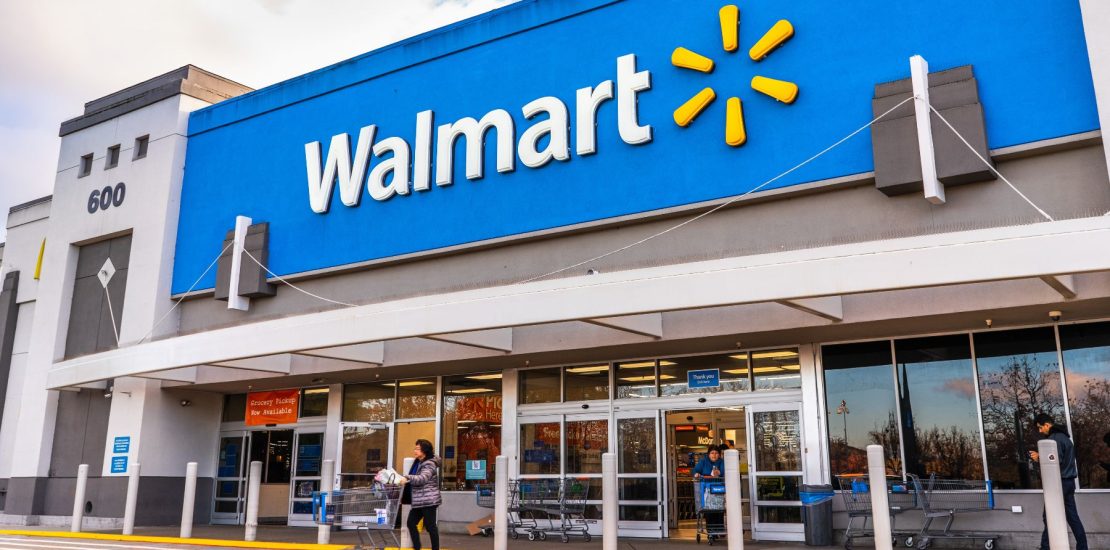- September 29, 2024
- Posted by: Regent Harbor Team
- Category: Business

Contents
Walmart’s Invisible Barcode Tech: Game-Changer or Just Hype?
Walmart, always in the fast lane, is pulling out all stops to tackle one heck of a headache: theft at self-checkout kiosks. Teaming up with Digimarc, they’re rolling out an invisible barcode tech that’s turning heads. This new system not only vows to slash billions of dollars lost annually to theft but also aims to kind of redefine your shopping experience. Intrigued? You should be.
The Alarming Rise of Retail Theft
Retail theft isn’t just a nagging problem; it’s a full-blown crisis. In 2022, U.S. retailers hemorrhaged a whopping $112.1 billion due to theft, up from $93.9 billion in 2021. Self-checkout kiosks, though convenient, have become easy pickings for those who want to skip out on paying. Whether accidental or deliberate, this issue has forced companies like Walmart to think outside the box.
So, why Walmart? This retail behemoth estimates a staggering $3 billion loss annually due to theft. That’s some serious cash. Now, in a bid to curb this mess, they’re sinking $3 million per year into this fresh Digimarc tech. Maybe it’ll pay off, maybe it won’t. But they’re banking on improved security for both customers and stores alike.
How Does Walmart’s New Security System Work?
The secret sauce here is invisible barcodes. Yep, you read that right. Unlike traditional barcodes that could be easily missed or bypassed, these invisible barcodes cover the entire surface of a product. This means you can scan an item from any angle. So, attempting to sneak out unscanned items? Good luck with that.
Walmart’s souped-up self-checkout machines, armed with advanced scanners, can even catch these unseen codes if you try hiding stuff. These gizmos can scan multiple items at once, making transactions faster and, let’s be honest, more efficient. This system ensures Walmart isn’t solely relying on customers to get the scanning right, plugging a significant gap exploited by shoplifters.
Faster Checkouts and a Smoother Shopping Experience
Let’s face it; the primary goal here is to nab thieves, but guess what? This tech also spells good news for you and me, the regular Joes. No more fumbling to find the barcode. Just place your item near the scanner, and boom, it reads the invisible code from any angle. Quick, painless, and just how we like it.
What’s more? Since the system can handle multiple items at once, checkout times are cut down. Less waiting, and more doing whatever you plan on doing next. Especially useful for those who aren’t masters of the self-checkout universe.
A Revolution in Retail
But here’s the kicker—Walmart isn’t alone in this journey. Other big names like Wegmans are already testing similar waters. Walmart diving into this invisible barcode pool could be the nudge needed for industry-wide adoption.
Sure, it’s not an overnight switch. Getting rid of traditional barcodes and swapping them with invisible codes takes time. But once it happens, expect massive shifts in inventory management and theft prevention across the board.
The Future of Theft Prevention in Retail
As retail theft continues to burn a hole in pockets worldwide, Walmart’s bet on Digimarc’s tech might just set a new bar for security. Making it nearly impossible to sneak unscanned items through checkout is a robust solution to a long-standing issue. And hey, as theft drops, stores might not need to bump prices to cover losses—potentially a win-win for everyone.
In summary, Walmart’s foray into invisible barcode technology is a game-changer, promising quicker, safer, and more convenient shopping. While we wait and see how fast this tech spreads across all Walmart locations, one thing’s for sure: the future of retail security isn’t just visible, it’s practically invisible.
So, next time you’re in a Walmart, give a nod to the invisible forces at work. They’re working hard to make sure you don’t end up paying for someone else’s five-finger discount.
Additional Resources:
